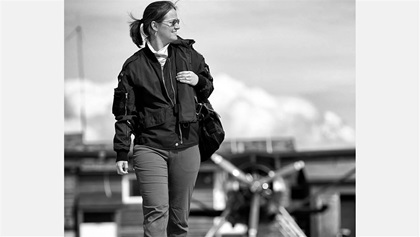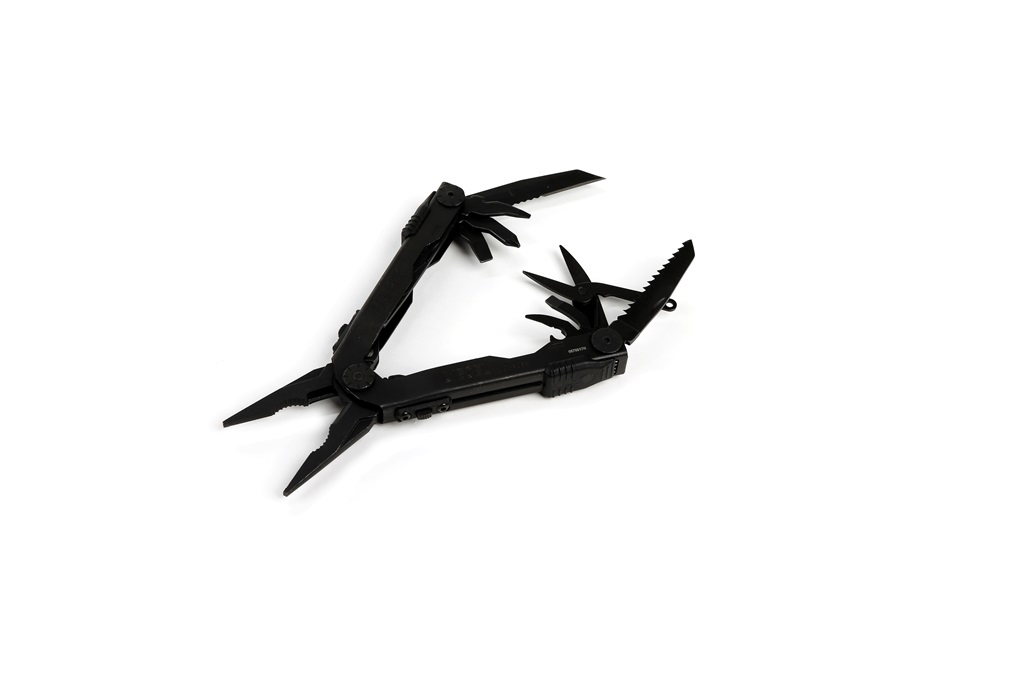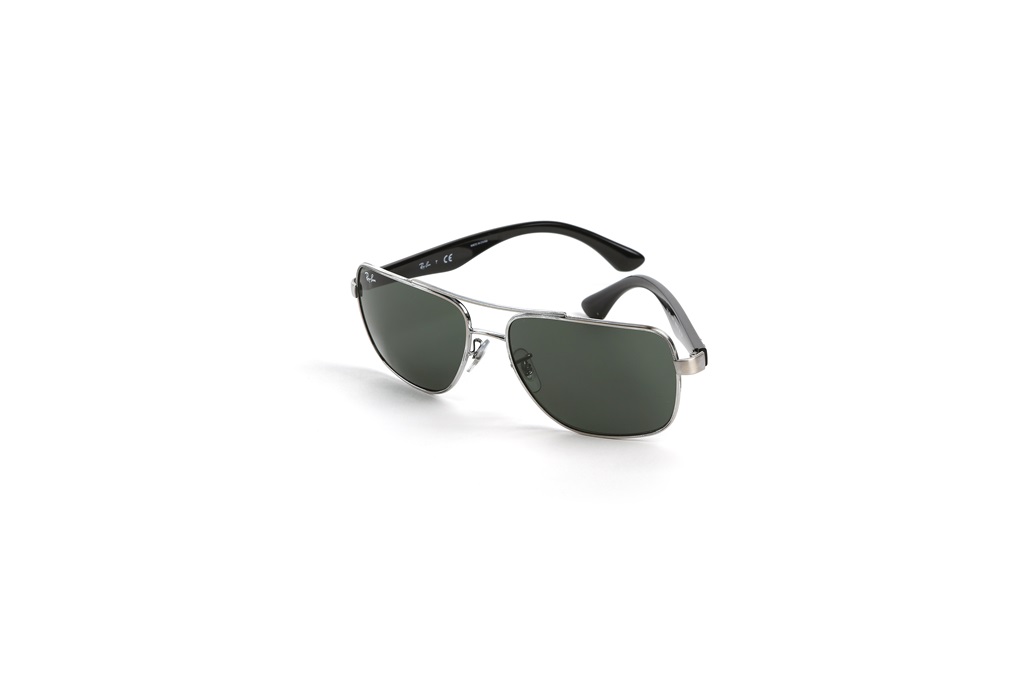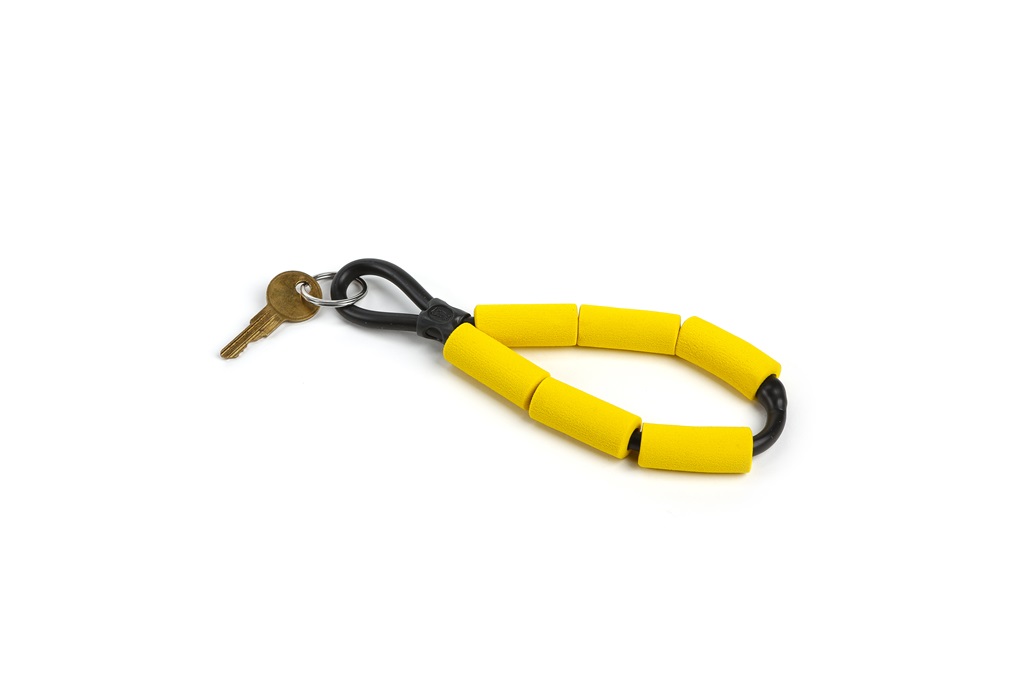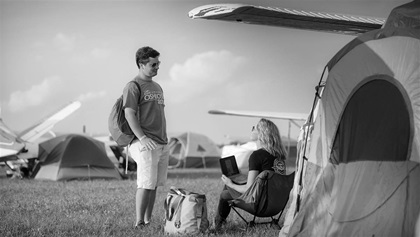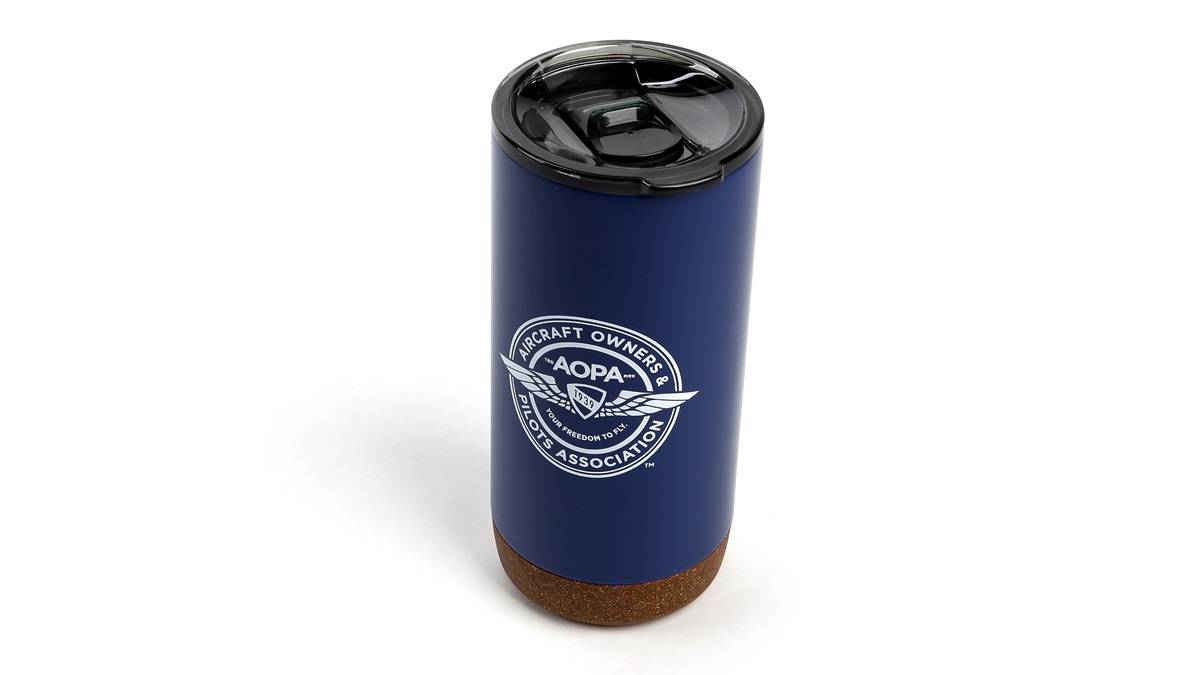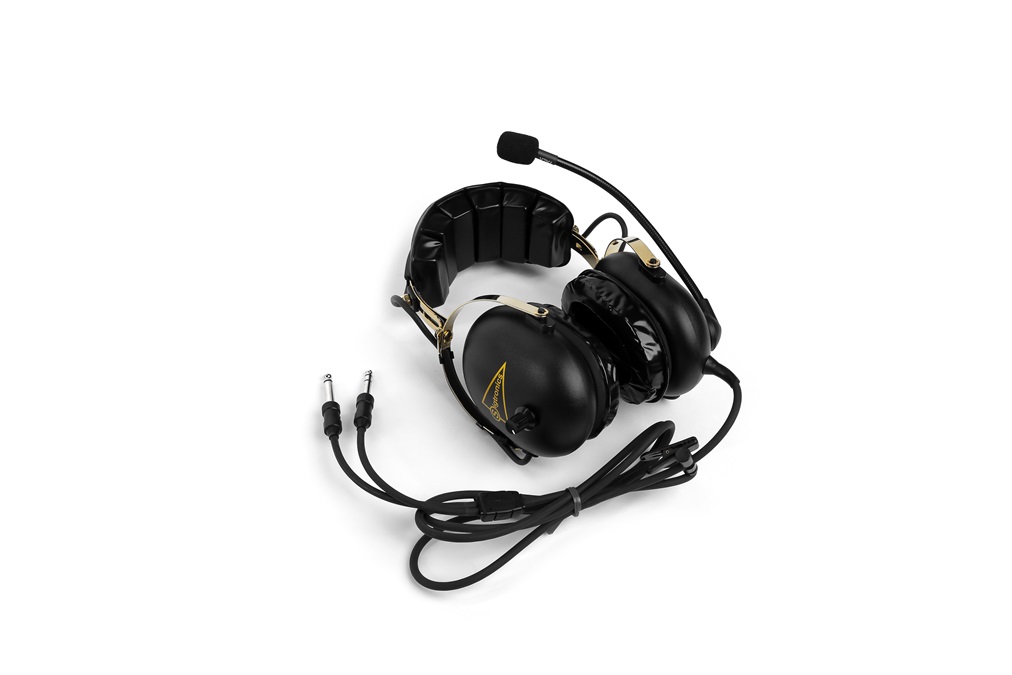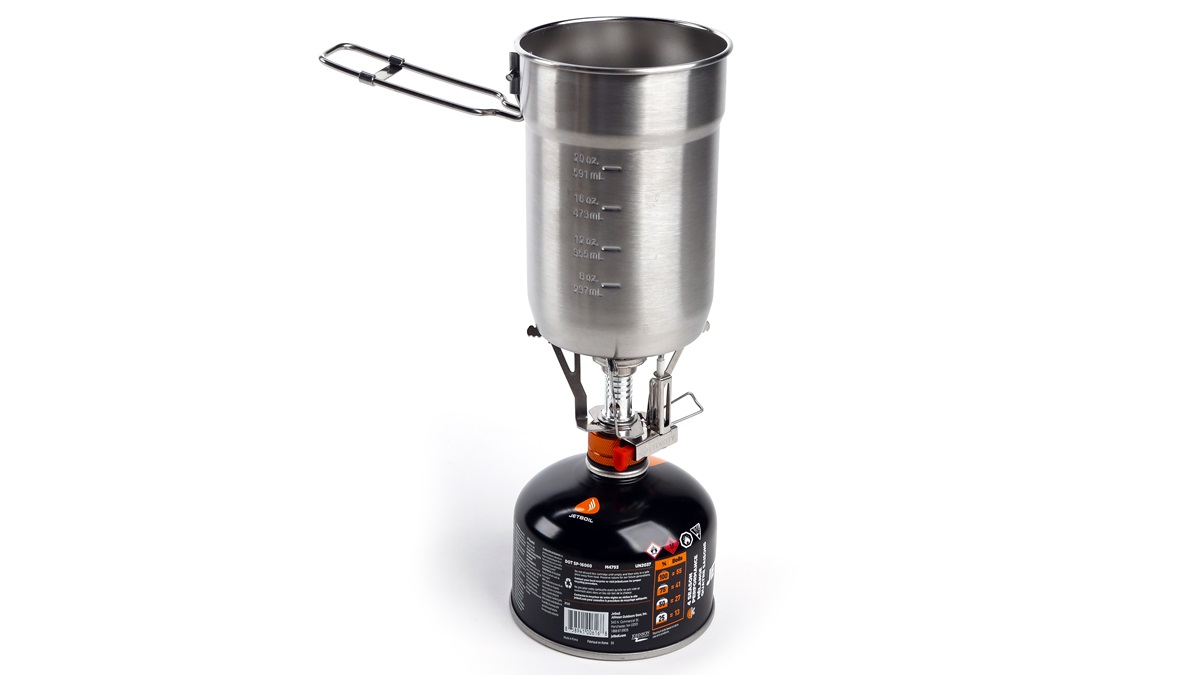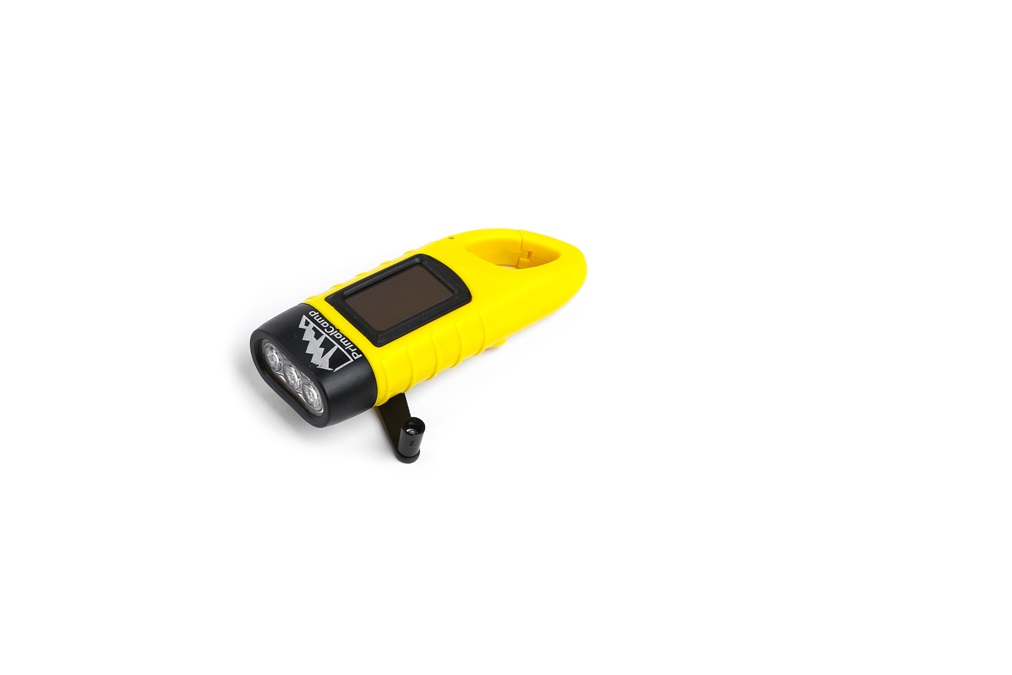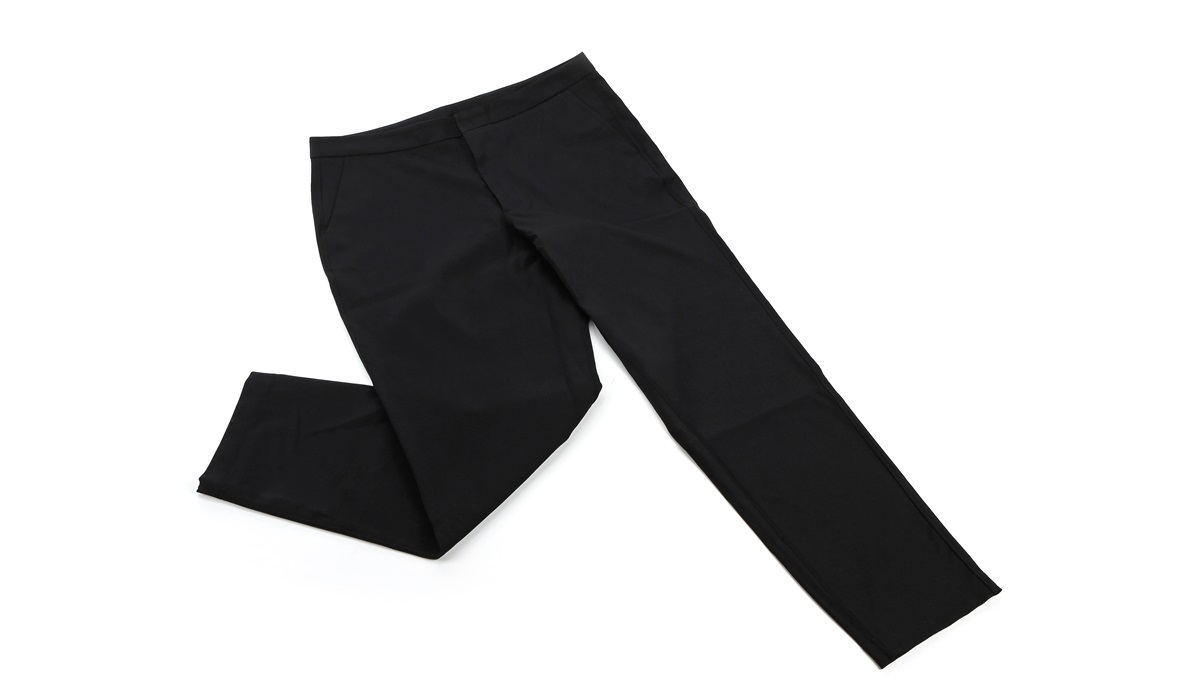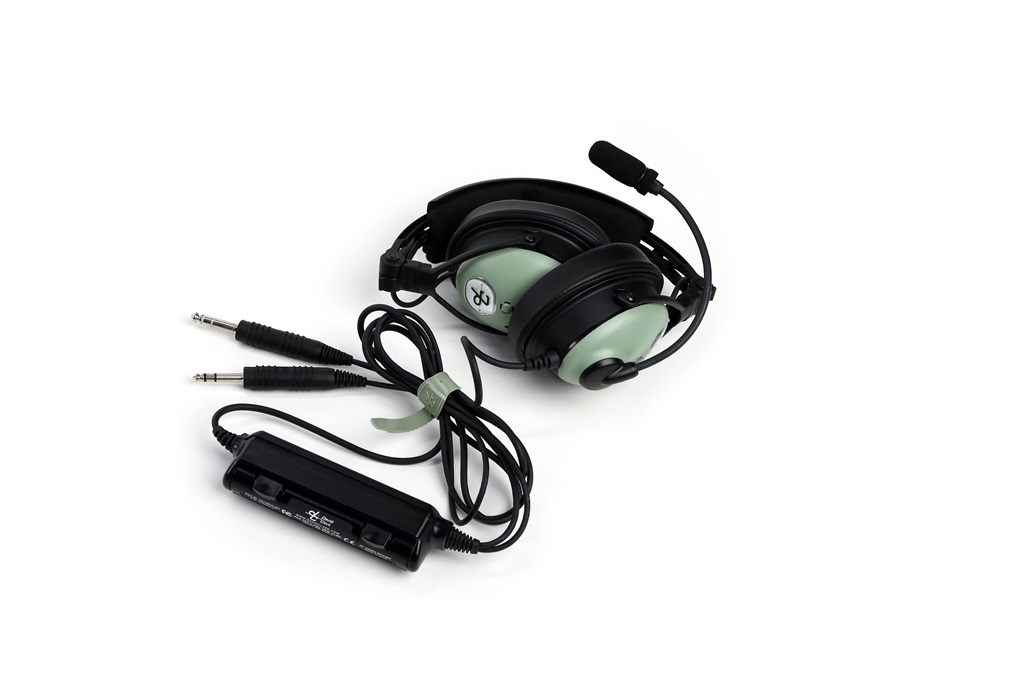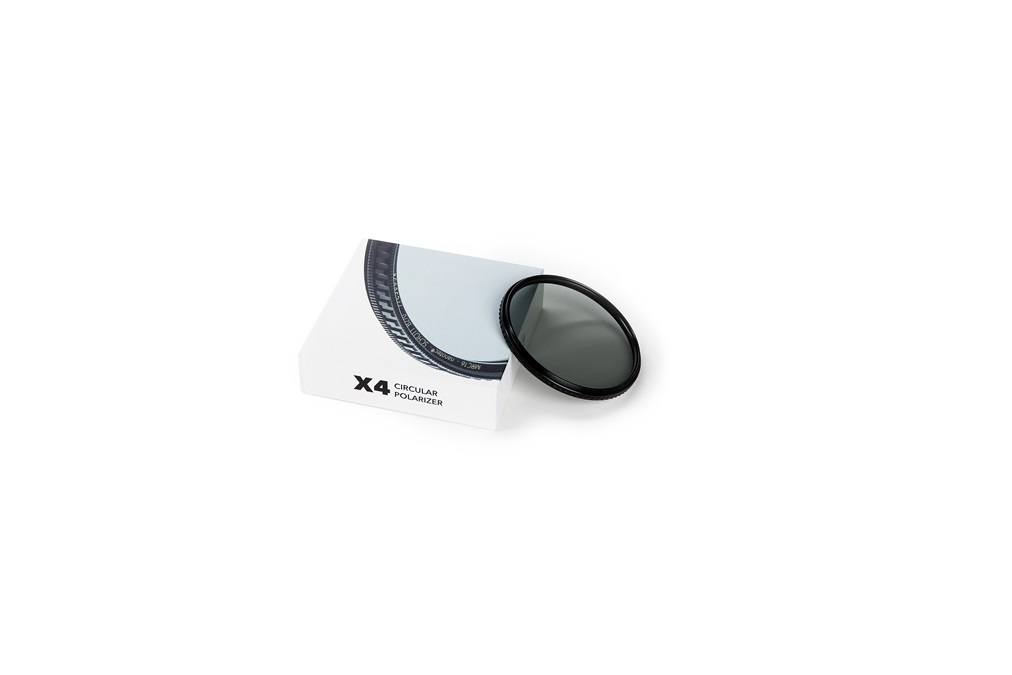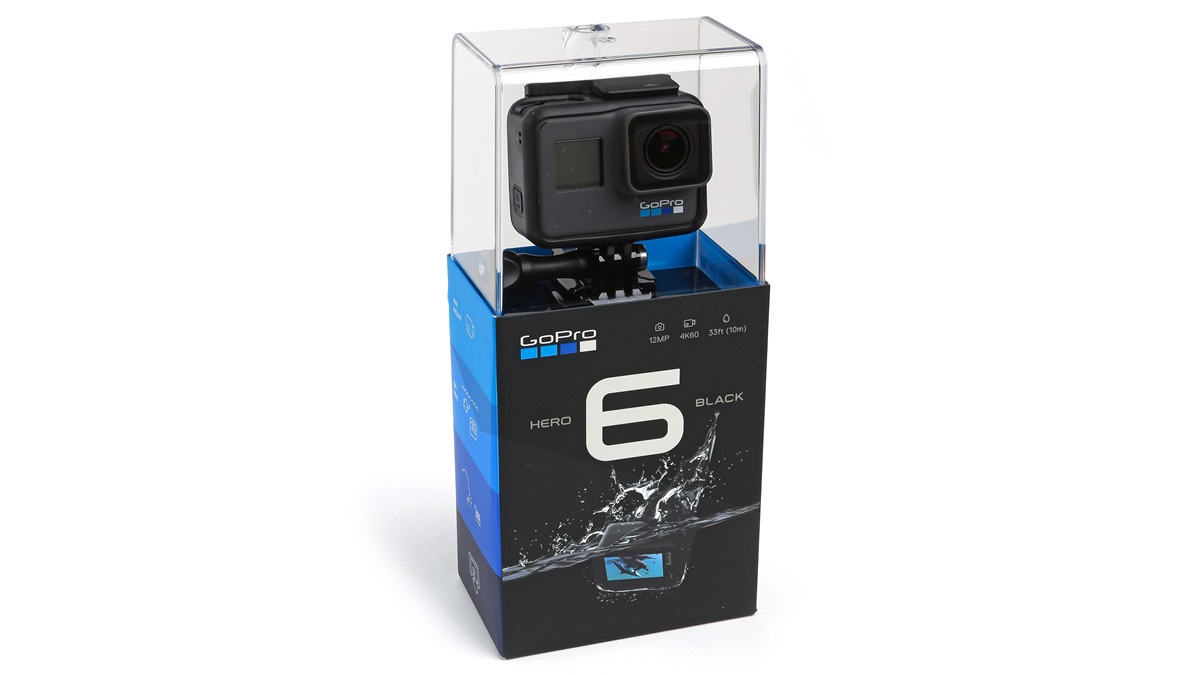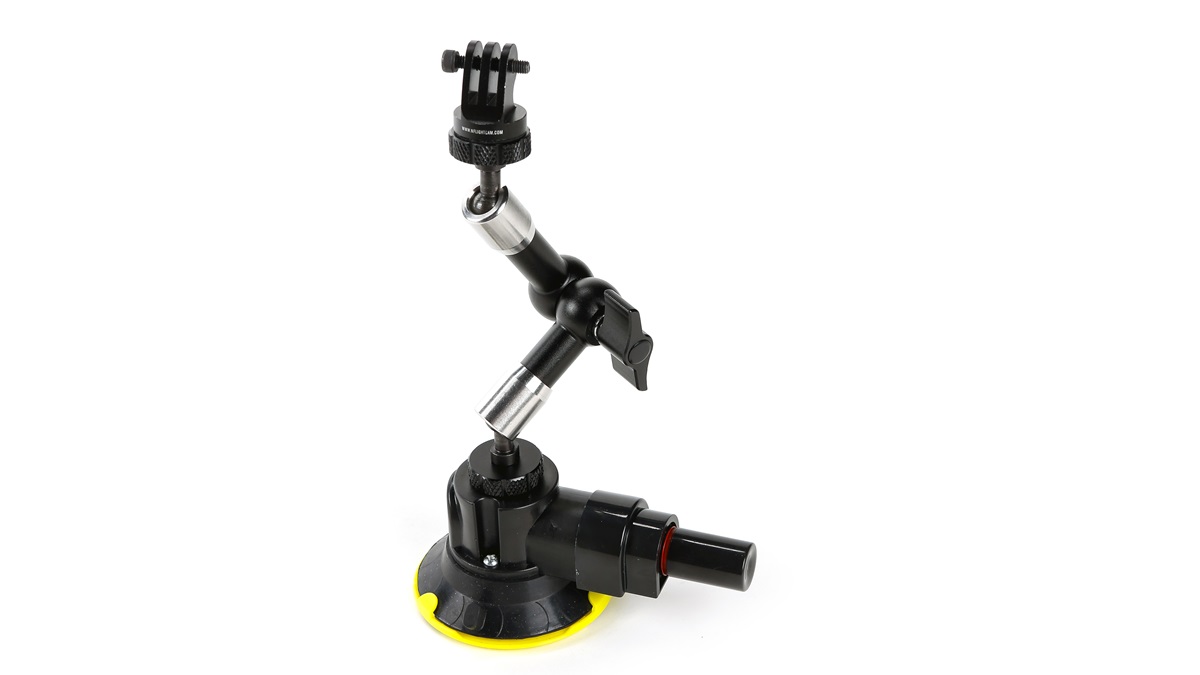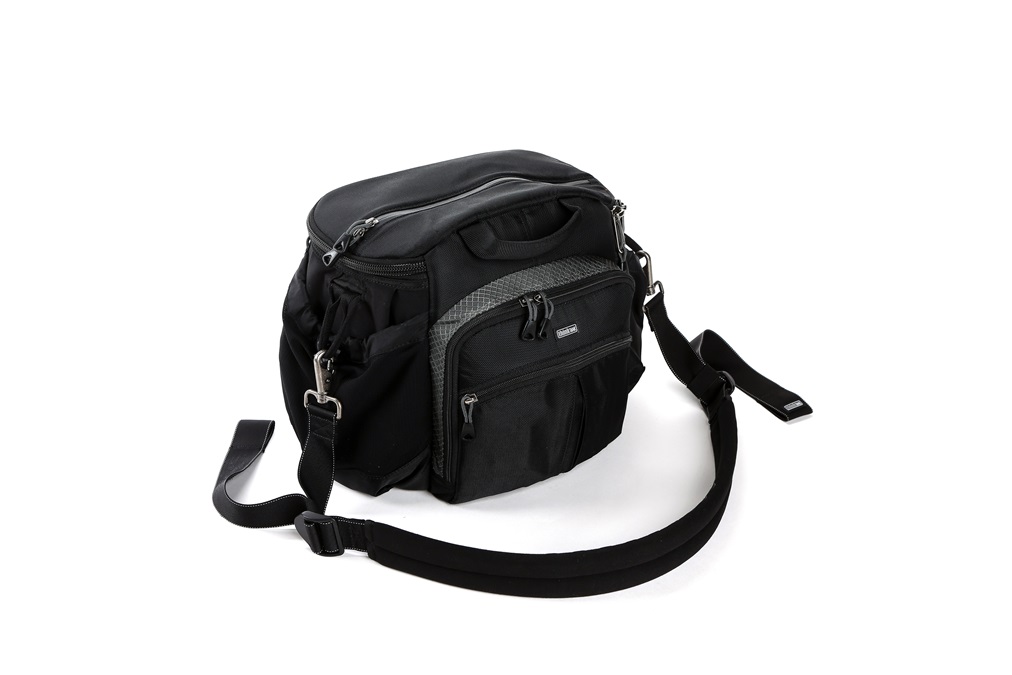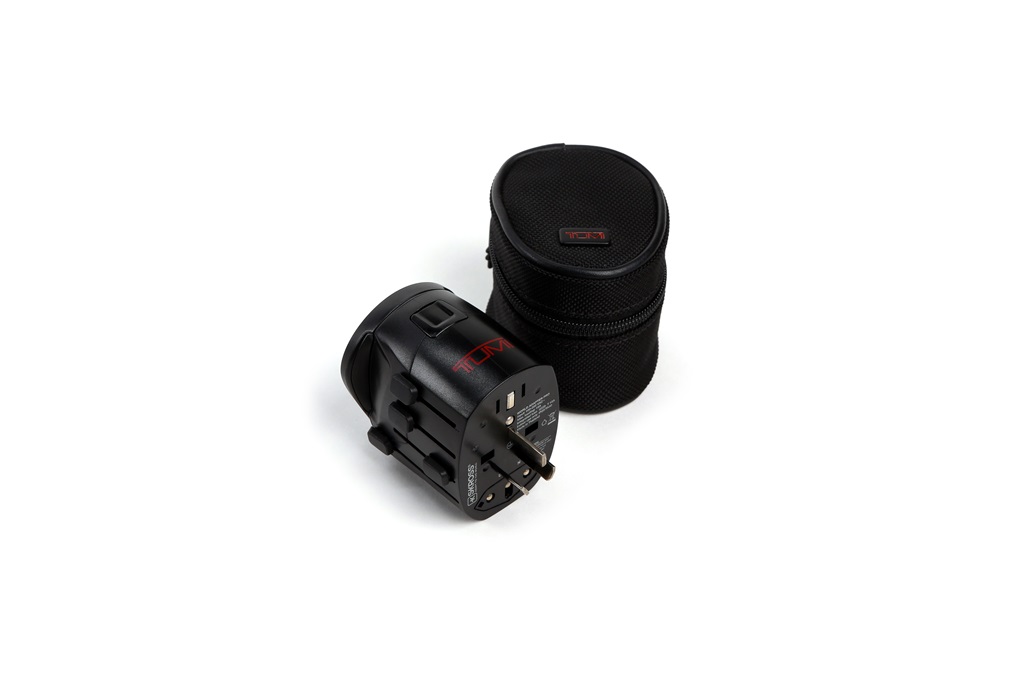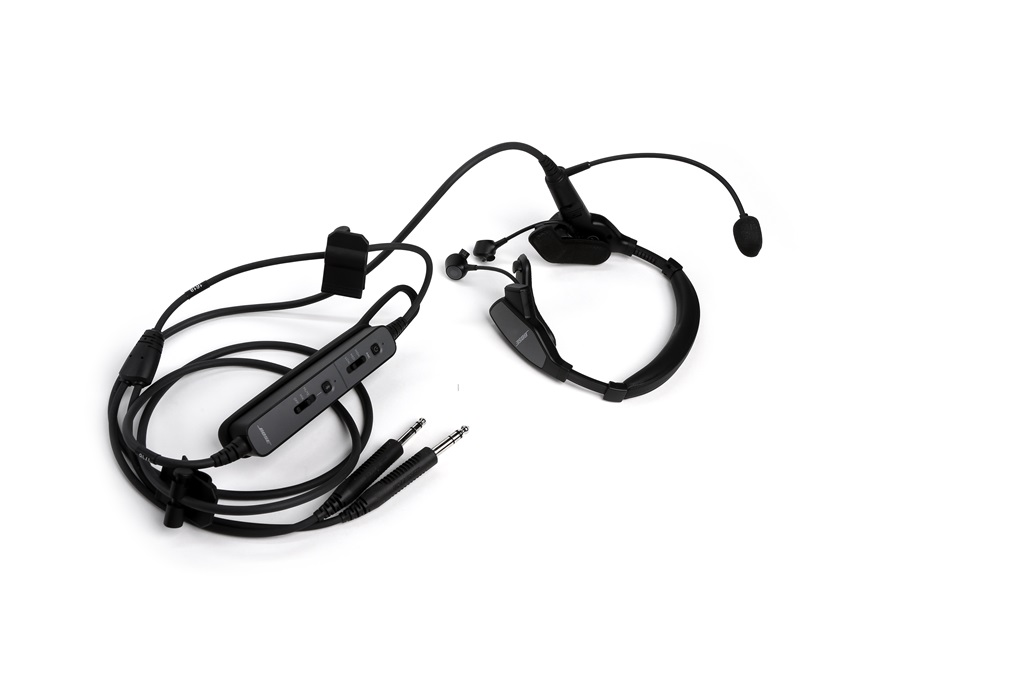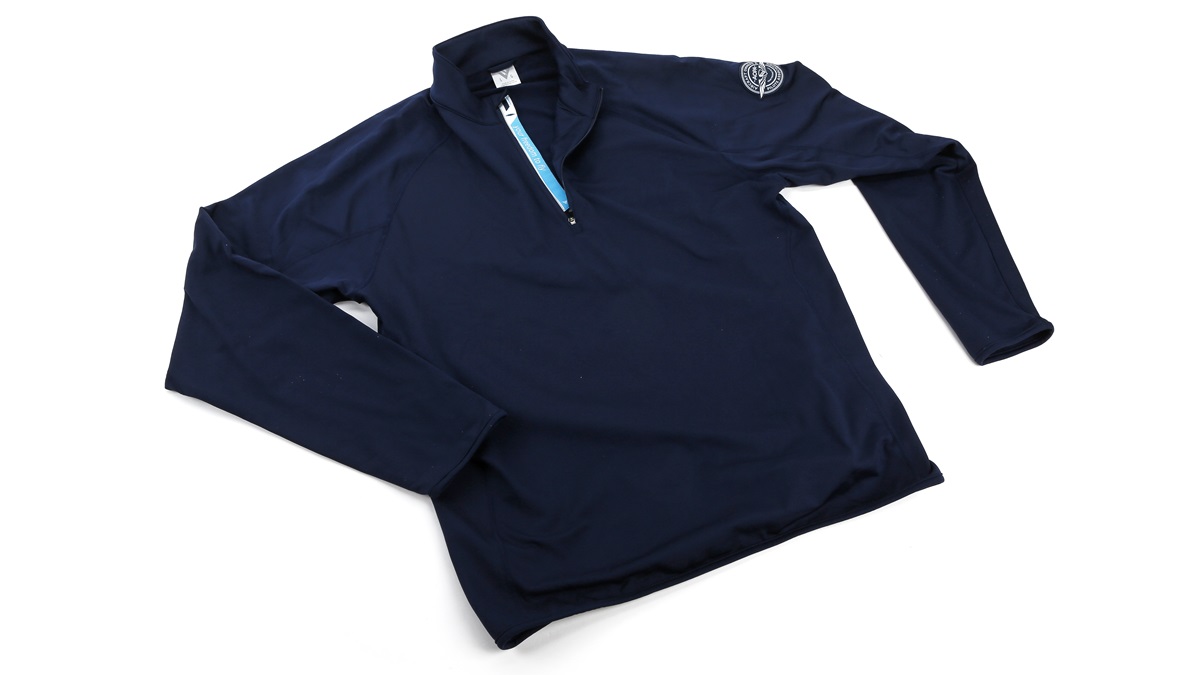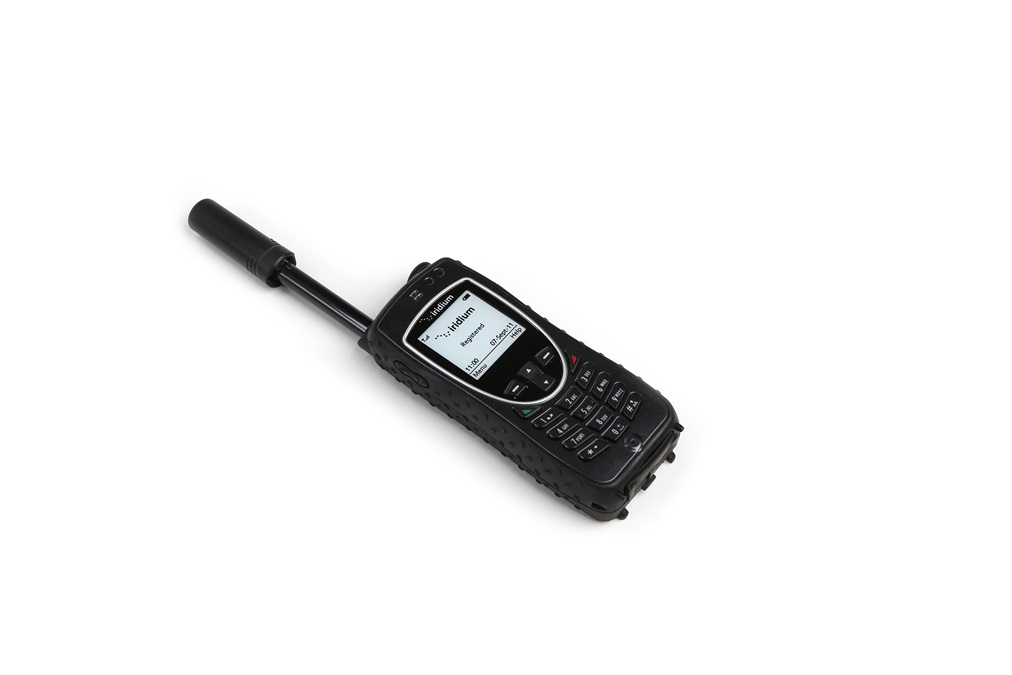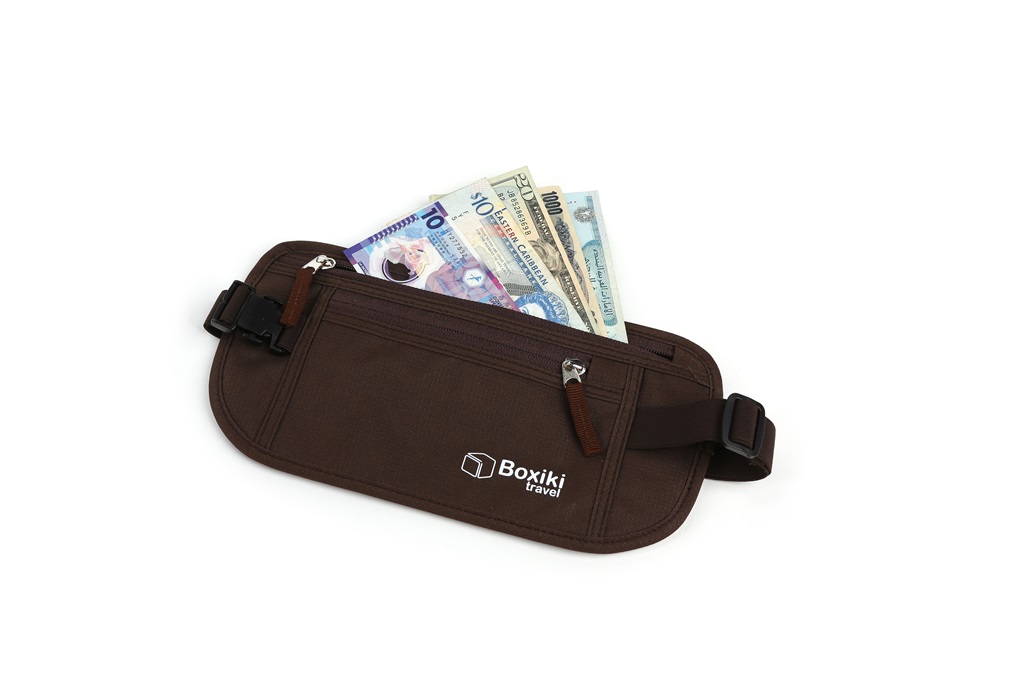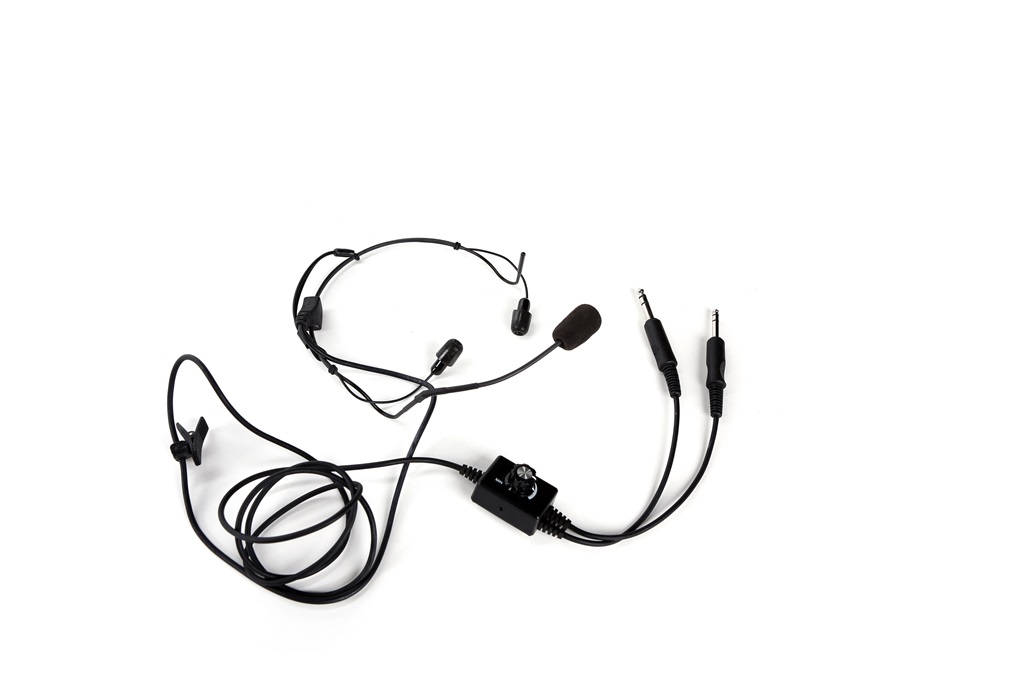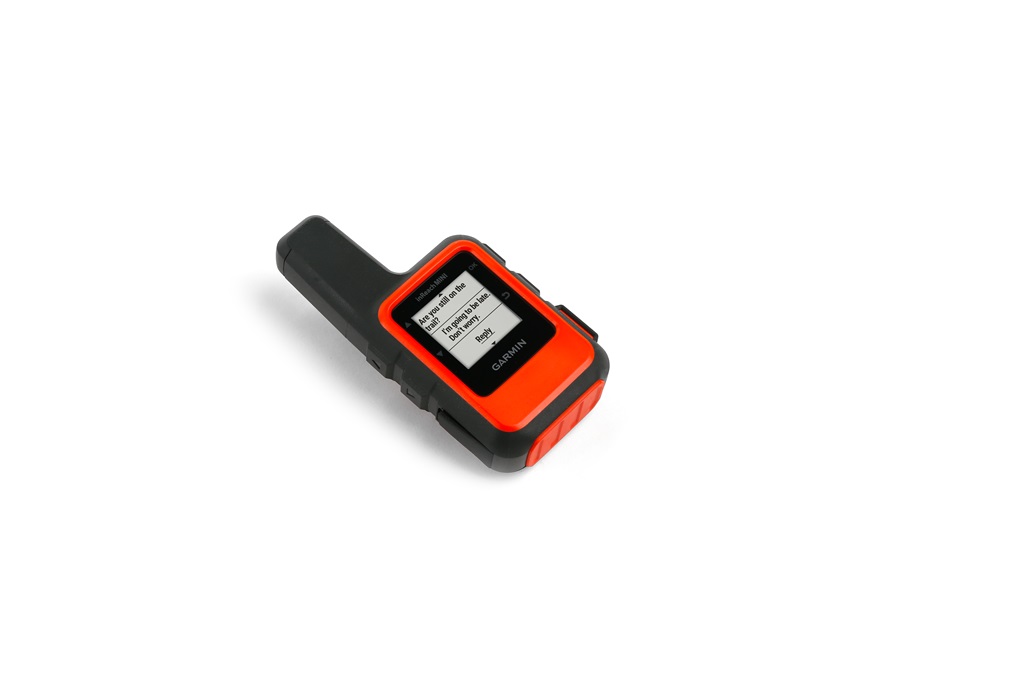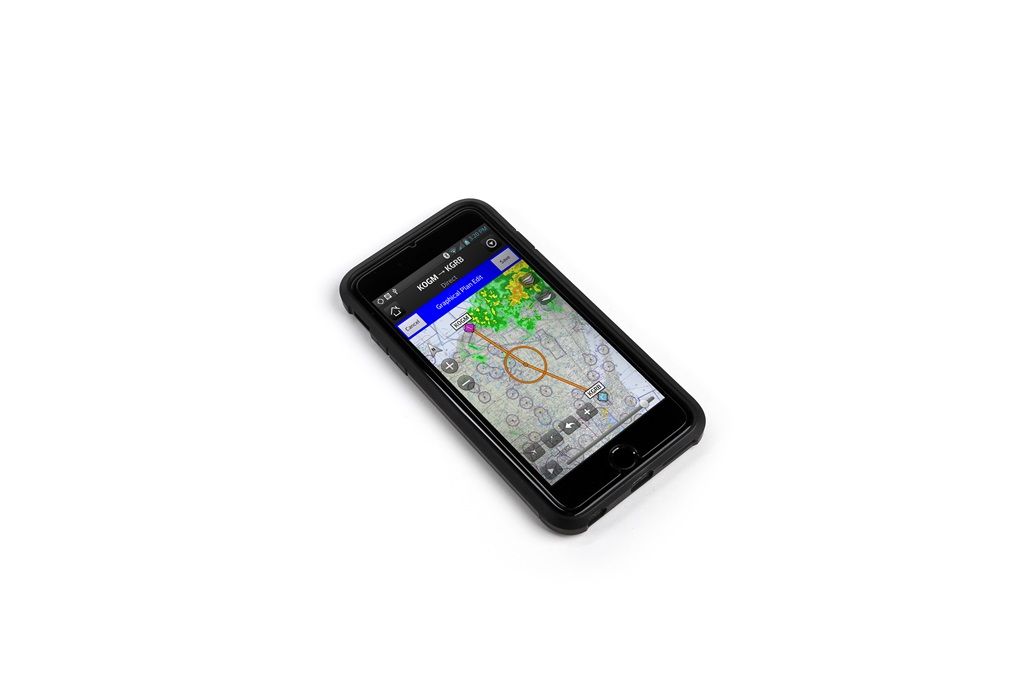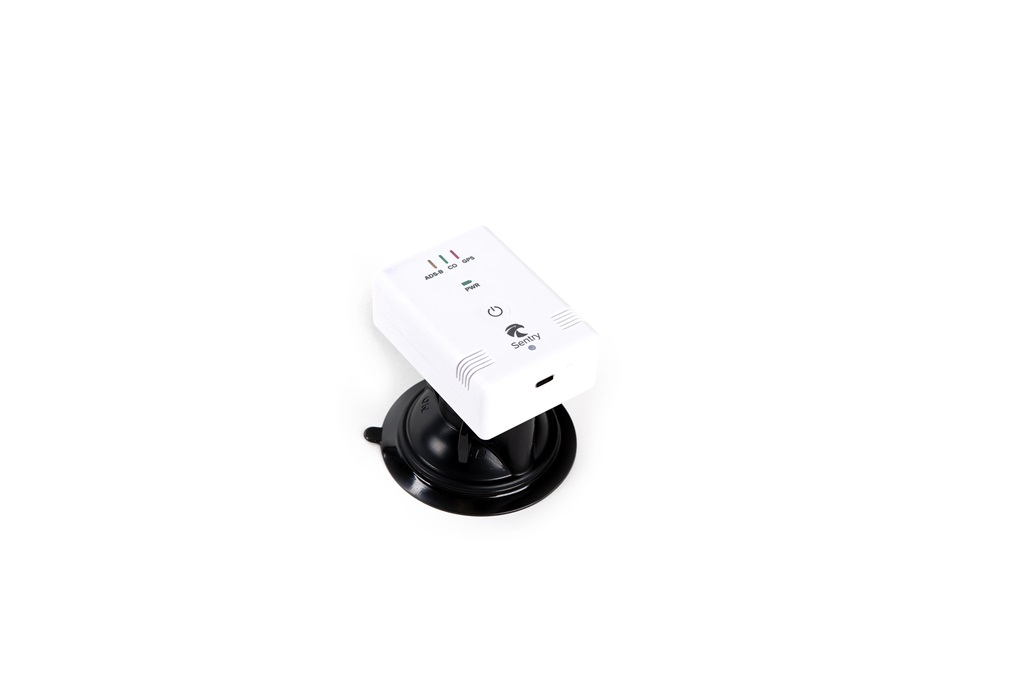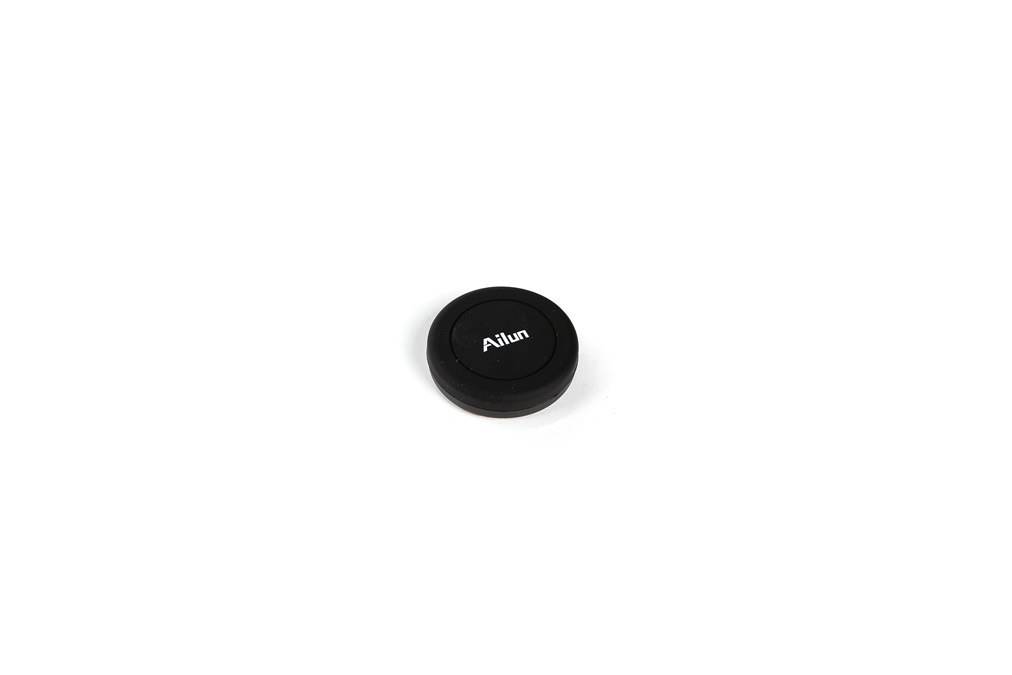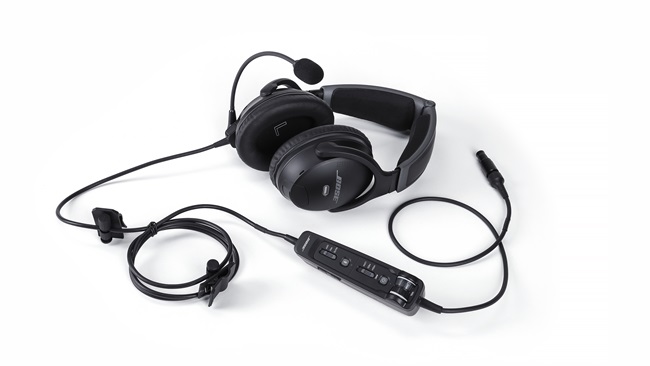2018 AOPA Gear Guide: Adventure on the horizon
The gear that gets you there
Weekend on floats
Don't let your gear go swimming
Being belly down on a Cessna 180's straight float, fishing a screwdriver out of a lake in northern Alaska, leaves a lasting impression as a lesson learned the hard way: If it (whatever “it” is) is not physically attached to you, zipped or strapped in a pocket, or connected to a float—whatever you have on your person or in the cockpit could slip or fall and sink into the water, turning an adventure into a predicament. That's true whether scrambling onto the float to dock, or as in my case, helping with an oil change.
That's why my favorite seaplane accessory is a jacket with zipper pockets (a fishing vest works in summer—see slideshow below). As long as I don't fall in the water, my cellphone, small wallet, sunglasses, and anything else I stash in there won't get wet.
Speaking of falling in, I wear shoes with traction so that I don't slip on wet floats. Quick-drying clothes are convenient—particularly pants that roll up or zip off around the knee for wading through shallow water. Pack extra clothing or gear that's going in a float compartment in a dry bag, because the compartments leak.
Sunglasses are another key item. Forget the polarized/nonpolarized debate; wear specs that cut the sun's glare on the water. —Alyssa J. Cobb
Camping with the family
When more is less
For fly-in camping trips with my family, I tend to follow the motto, “More is less.” When the airplane is already loaded down with people, camping equipment, and all of the food needed for several days, it helps to have equipment that can do more than one job. When traveling with little ones, it's also important that all my equipment is durable enough to withstand some abuse.
That's one of the reasons I love the Zagg Rugged Book Case for my iPad Pro. It comes with a laptop-style keyboard that turns my iPad into a computer. It also has an easy magnetic system for detaching the iPad from the rest of the keyboard so it can be used in flight as a tablet only. Because I use my iPad as the platform for giving checkrides, writing, and for running ForeFlight when I fly, I feel like my entire work life exists on the iPad.
A good-quality, hard-sided cooler can be heavy, which is not a desirable trait when trying to take off in an airplane loaded down with family members and camping equipment. The Yeti Hopper Soft Cooler weighs only 5 pounds but performs as well as any hard cooler I've ever used. It also has a wide shoulder strap, making the cooler easy to carry. After a hectic day of flying and setting up camp on a hot summer day, I really appreciate an ice-cold beer from a cooler I can count on. —Natalie Bingham Hoover
Photo Mission
Quality gear will get you far
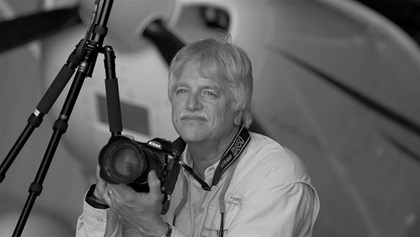 My philosophy for photo equipment mirrors my requirements for aviation products such as headsets, avionics, and even engine oil—buy the best gear you can afford and it will likely serve you well for a long time.
My philosophy for photo equipment mirrors my requirements for aviation products such as headsets, avionics, and even engine oil—buy the best gear you can afford and it will likely serve you well for a long time.
For my money, I prefer Nikon's D850 because it produces a whopping 127-megabyte file per picture, and the color reproduction is stunning. The camera has a professional feel and handles photos and videos with equal ease. Nikon also has its act together with the strikingly accurate focusing system and longtime Nikon users will find camera controls like aperture, shutter, ISO, and exposure metering in familiar places. The accessory battery pack lengthens shooting time, allows for a vertical grip when you need it, and the camera remembers focus preferences for both horizontal and vertical operation. That's pretty cool when you're in a hurry documenting an airshow, capturing the daughter's latest escapades, or making vacation memories.
So, what's the best camera these days? The one that's in your hands. As my Associated Press photographer friend Dave “Mullet” Martin used to say, “Now go out and make some frames!”—David Tulis
Overseas Extras
International travel means lots of planning—and money
Flying to international destinations calls for extra attention to detail. Most important is thorough planning—of the type that requires professional help. Handling services offered by Jeppesen, Air Journey, RocketRoute, and Universal Weather and Aviation, for example, can make sure you'll use suitable airports, be on a preferred route, obtain overflight or other permits, and be certain that adequate fuel is available at each stop.
Keep a handheld radio charged to listen to the ATIS and call for your clearance before you start your engine(s). If you fire up and then call the tower at many overseas airports, you may be surprised to learn that your departure slot time has been moved back an hour or more, and that your expected routing has changed.
You say you're stuck on a faraway ramp in the middle of nowhere, need to call back to the States for maintenance advice, checking in with business or family or straighten out logistical issues with your handler? That's when a satellite phone comes in handy. You can dial anywhere in the world.
If you don't have an international plan for that cellphone, turn roaming off and keep phone calls to a minimum. Got iPad(s) with appropriate chart subscriptions? Check notams and the Flight Service Bureau's email for late-breaking changes and warnings. Passport? Visas, if needed? Life raft and immersion suit? Pilot certificates? Bring 'em all, and enjoy the trip. —Thomas A. Horne
Packing light
Essential electronics, do-it-all bags
 Baggage compartment space and weight and balance limit what you can take on a cross-country trip in a smaller airplane—but packing light doesn't mean foregoing backups. Batteries, emergency equipment, and even a spare headset make it into my essential packing list.
Baggage compartment space and weight and balance limit what you can take on a cross-country trip in a smaller airplane—but packing light doesn't mean foregoing backups. Batteries, emergency equipment, and even a spare headset make it into my essential packing list.
One of the most useful items in my flight bag is a simple battery charger. Aviation apps provide such irreplaceable weather, traffic, navigation, and airport information that the thought of doing without them fills me with dread. As we place more and more trust in these apps, we're also asking more of our devices through Wi-Fi and Bluetooth connections that can quickly suck the life out of batteries. And that's why a simple charging brick is so useful.
I confess that I seldom carry an actual helmet in my military-style helmet bag. But the soft-sided bag itself is a bottomless pit that easily accommodates my other aviation items—and since the bag has only one heavy-duty zipper, you don't have to wonder which secret compartment to open to find the item you're looking for. Hand-held radio, Afrin, chewing gum, and sunglasses are all in the same place. Just fish around and you'll find it. —Dave Hirschman

